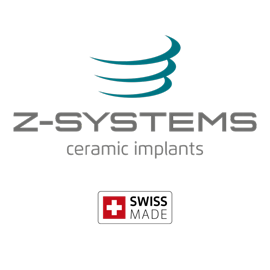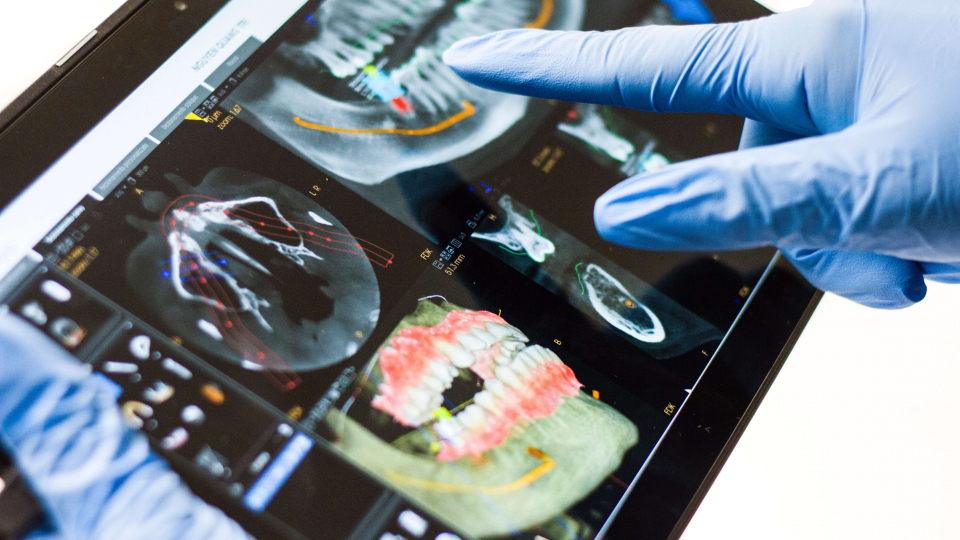Before dental implants, traditional crowns and dental bridges were the only treatment options available for teeth loss.
Luckily, contemporary dentistry offers you multiple treatment alternatives to choose from when you are facing dental problems. Therefore, you might be in a situation choosing between traditional bridges and dental implants.
It is essential to understand that every dental treatment has is indications and contraindications. Thereby, each case is different, and the final decision depends on multiple factors that vary from patient to patient.
Nonetheless, in this article, we will discuss some pros and cons of choosing one or another.
What are the differences between bridges and dental implants?
One of the essential features of traditional bridges that differentiate them from dental implants is their anchor point. Dental bridges use surrounding dental pieces as pillars in the restoration, making a bridge between the columns to restore one or multiple missing teeth. That's why they are called dental bridges.
On the other hand, on dental implant restorations, the implants are the anchor point. In this prosthetic procedure, they serve a the base/root for the new tooth, while a ceramic element replaces the crown.
Therefore, while dental bridges restore only the crown of a missing tooth, dental implants restore both the root and crown in one.
Other differences between them are their manufacturing materials and the rigorous process required to obtain them. Dental bridges are confined to modifications and preparation on remnant teeth, while dental implants can use many other surgical and anatomical elements.
What are the cons of dental implants and bridges?
First, the dental implant procedure is a complex and careful process that requires multiple studies and examinations to achieve great results. As a result, not every patient can receive dental implants as some diseases, systemic conditions, allergies, and anatomic structures can hinder its success.
On the other part, dental bridges require wearing and reducing part of the dental surface to allow the new material to adapt to the tooth. In consequence, the dental bridge procedure modifies healthy or partially healthy remnant teeth irreversibly. And, although this process is necessary, it weakens these healthy teeth for future treatments.
What are the pros of both treatments?
On one side, traditional bridges are faster and usually cheaper than dental implants. In some cases, patients can get out of the dental office with a complete treatment in a day. Dental implants, contrarily, require weeks of planning, healing, and various steps to achieve the final restoration.
One crucial pro of dental implants is their longevity. To date, dental implants are the only permanent treatment in dentistry, requiring no fixing or changes. Unlike them, traditional bridges usually require replacement every 5 to 10 years.
Which one should I choose?
The best way of evaluating your options is by understanding their limitations and advantages. While dental implants and traditional bridges have pros and cons on their own, you need to undergo a complete evaluation from a professional and go to a dental check-up regularly.
One way or another, both treatment alternatives are powerful on their own. With the appropriate preparation and study, they can guarantee astounding results and offer tremendous benefits to your oral and general health.






